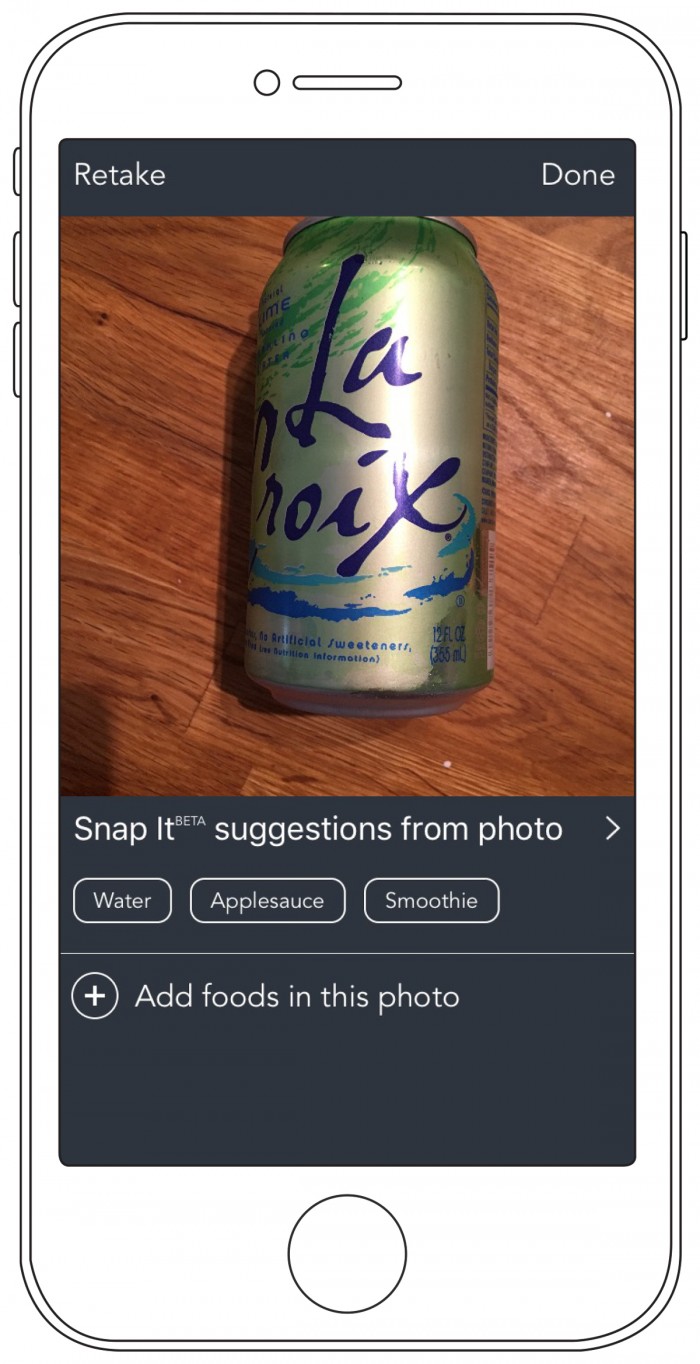This Calorie-Counting App Thought My Pasta Was Granola
Lose It, a popular weight- and calorie-tracking app, can now recognize many foods from a photo. Though it’s still in its early stages, it’s built to make calorie logging easier.
The app, which has two million active users, now has artificial intelligence that guesses what food is in your photo. If it’s right, just let it know details like portion size and it will spit out a calorie count.
Cornell, SRI International, and Google have already built similar food-recognition technology for research purposes. Lose It CEO Charles Teague says his team took a similar approach, but will augment what the camera sees with intelligence gained from its users. The app already uses details such as GPS and the popularity of varieties of different foods to make better guesses.
Lose It plans to use the images its customers submit to continue to train the neural network behind the food-recognition software. Within a few months, the company will likely release a new version that’s more accurate, Teague says. That’s good, because the food-recognition feature didn’t work flawlessly for me.

I snapped a photo of my full meal—pasta, an apple, and a can of sparkling water—and the app pulled up a list of possible foods from which to select.
Unfortunately, none of my foods appeared in the suggestions, which included granola, ice cream, cake, and sandwich. I took a picture of each food item individually and had better luck. The app listed “pasta” as its fourth guess. “Apple” came up right away, as did “water.”
Lose It says the app should work with entire plates of food, but it’s more likely to guess correctly when shown one item at a time. It’s not sophisticated enough to know that my pasta also had sauce, turkey, and cheese in it or that my apple was a medium-sized honeycrisp, but the point is that it gets you to the step where you can enter those details more quickly. I could also scan the label on my sparkling water to quickly pull up the brand.
Teague says taking a photo alone has been shown to help people feel accountable for the food they eat. Users can also take an image and then submit it to the app later, making it easier to remember what they ate even if they can’t log it right away.
Keep Reading
Most Popular
Large language models can do jaw-dropping things. But nobody knows exactly why.
And that's a problem. Figuring it out is one of the biggest scientific puzzles of our time and a crucial step towards controlling more powerful future models.
How scientists traced a mysterious covid case back to six toilets
When wastewater surveillance turns into a hunt for a single infected individual, the ethics get tricky.
The problem with plug-in hybrids? Their drivers.
Plug-in hybrids are often sold as a transition to EVs, but new data from Europe shows we’re still underestimating the emissions they produce.
Stay connected
Get the latest updates from
MIT Technology Review
Discover special offers, top stories, upcoming events, and more.